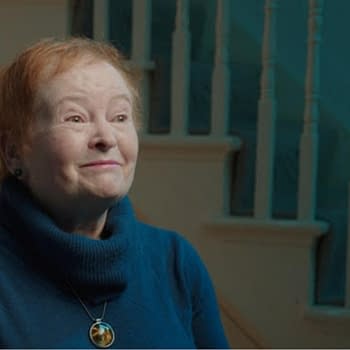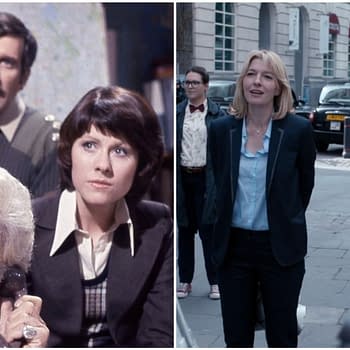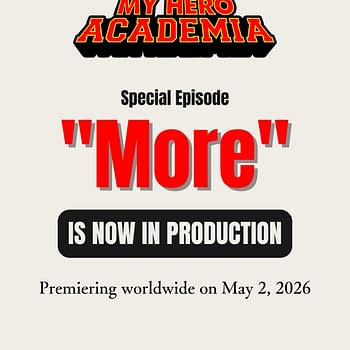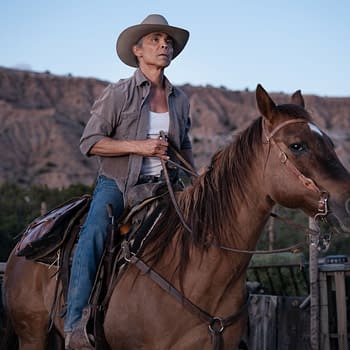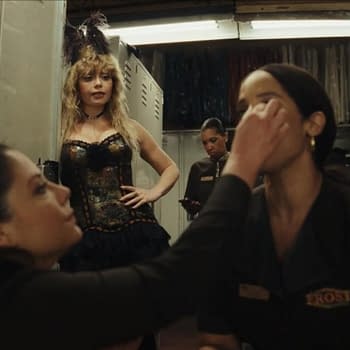Posted in: Books, NBC, Pop Culture, TV | Tagged: criminal intent, Law & Order, nbc, photojournalism, rene balcer, Seeing As, Star Trek: The Next Generation
Seeing As: Former Law & Order Showrunner René Balcer Talks Photobook
Award-winning showrunner René Balcer (Law & Order, Criminal Intent, and FBI: Most Wanted) discussed his photojournalism book Seeing As.
Article Summary
- René Balcer discusses his new photobook "Seeing As," a visual narrative of global social commentary.
- The collection features over 500 photographs revealing a "crime scene aesthetic" from the former showrunner’s travels.
- Essays by art experts and narrative mystery enrich the book, deepening the photos' stories and themes.
- "Seeing As" invites readers to explore a testament to Balcer's witnessing of historical moments and change.
René Balcer is best known as the award-winning writer and showrunner of NBC's Law & Order and the hit spinoff Law & Order: Criminal Intent, which he also created, as well as FBI: Most Wanted. He worked as a documentarian, journalist, and film critic in his native Canada, always engaged with the social issues of the day before going to Hollywood and writing for Francis Ford Coppola and Star Trek: The Next Generation before becoming one of the top showrunners in the business. What he never stopped doing was taking photographs as social records of historical moments and events on his worldwide travels.
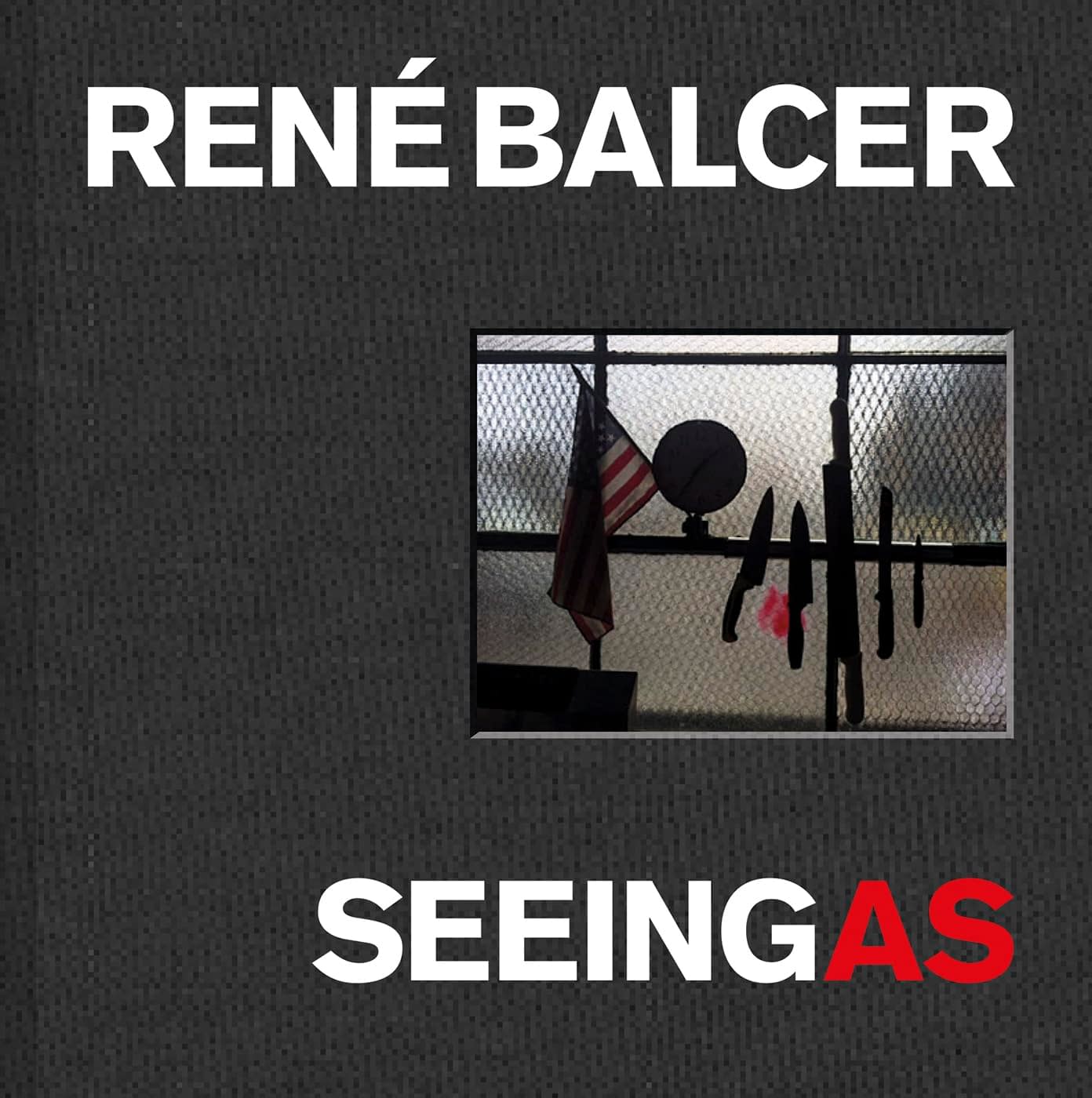
Seeing As is Rene Balcer's first collection of over 500 photographs showcasing decades of work that some friends and critics call his "trademark crime scene aesthetic." The photographs range from West Africa to the Utah desert, from a remote Arctic village to a seedy Brooklyn bar, to pictures of both pre-and post-COVID China, all imbued with narrative mystery. The book includes essays and commentary from the likes of Contemporary Art expert Robert Hobbs, renowned artist Xu Bing, and bestselling mystery writer Naomi Hirahara.
Seeing As is a huge book that's a tour through decades of your travels with implicit and explicit social commentary embedded in your gaze. How did you select the photos and organise the sections?
René Balcer: The book isn't a travel book per se. There are many images from my hometown (Montréal), places I've lived (Los Angeles) and worked (New York, Fort Simpson). I imagine I could have spent my whole life in one place and taken the same kind of photos. The images were selected strictly on the strength of what's in the frame.
You quoted Wittgenstein that "perception belongs to the viewer." Was it your intention to have the viewer of each photograph think about the story that led to that moment?
René Balcer: Many of the images suggest an implied narrative or series of events that either preceded the taking of the image or that will take place after the image is taken, or that is taking place just outside the frame. None of the images are staged and instead are grabbed in the moment – images or circumstances that I have literally stumbled upon and which are (when seen from the right point of view) highly suggestive to me. It's my hope that the viewer might be inspired to play along with me and sense that something is going on here, even if they can't quite put their finger on what. I'm quite happy for them to feel the tension and unease in the image and make up their own narrative.
You have a background in documentary, and there's a sense of that behind many of the photos, especially the earlier ones that felt like reportage, but they gradually start to morph into a growing sense of surrealism. When you look through the book, how do you feel about your gaze evolving over the years?
René Balcer: Maybe it's reality that's gotten more surreal in the last 50 years. Or maybe I've gotten more adept at choosing the subject matter and the right point of view. If anything, my gaze has gotten more specific.
One vibe I get from many of the photos is a sense of surrealism, the strange contrast of the settings to the subjects. This particularly stands out in your section of trees in Los Angeles. What inspired you to photograph the trees in that city?
René Balcer: So few of the trees in LA are native to California, including Royal Palms and other tropical trees. I've lived here over 40 years, and the trees just never looked right. They've been kidnapped from friendlier climes and dumped here. They get abused. Jammed up by urban clutter. Trimmed into absurd shapes like Beverly Hills poodles. I feel sorry for them. They bear the scars of our environmental sins.
The most personal and moving part of the book is the photos of your late father-in-law with your essay about his return to China in his final year. It didn't just express your feelings about him but also about how he represents the China of the past and history itself. The photos of modern China are particularly interesting in the way they juxtapose the old with the modern. Is that what was on your mind when you framed the people and their settings?
René Balcer: China is like New York – no matter where you point your camera, there's always something interesting. It's not just old vs. new – it's the vestiges of all the great upheavals that China has experienced in the last 100 years; The wars, invasions, competing ideologies, poverty and famine, great wealth and luxury, it all collides at a frantic pace. People are just trying to keep up and make sense of it all. What I've captured is all pre-covid, a sweeter, more innocent time perhaps in many respects. I've been back twice in 2023, and that's all changed. Harder, more sour, more inward.
Taken as a whole, Seeing As feels like a record of your continuing ways of not just seeing but engaging with the world. Every photo suggests a story, and they add up to an impressionistic journey of the world, captured in moments that hint at past, present, and what comes after the camera is off those subjects and settings. You've encouraged young writers to find their own voices and experiences. You've also given talks about the duty of the artist at universities. Can you talk about that and how that informs this book?
René Balcer: I've always aspired to be a witness to my times. As soon as I could, in my mid-teens, I got out in the world and put myself in situations to experience those times as much as possible. To be fully in the world with a "lantern consciousness". It's been said I take pictures of things no one else would – I think that's a function of my noticing those things in the first place. And this is where "the duties of artists" come in. This was the message of my talks at the Central Academy of Art in Beijing and at the Journalists' Club in Moscow. Part of the artist's mission is to document their times – whether it is their lived experience, their inner life, or whatever. Because the first thing tyrants like Trump and Putin do is erase not only history but the present as well. But if artists are honest witnesses, the art they make will form the collective memory that future generations will draw on. That's an awesome responsibility.
Seeing As by René Balcer is now out.



